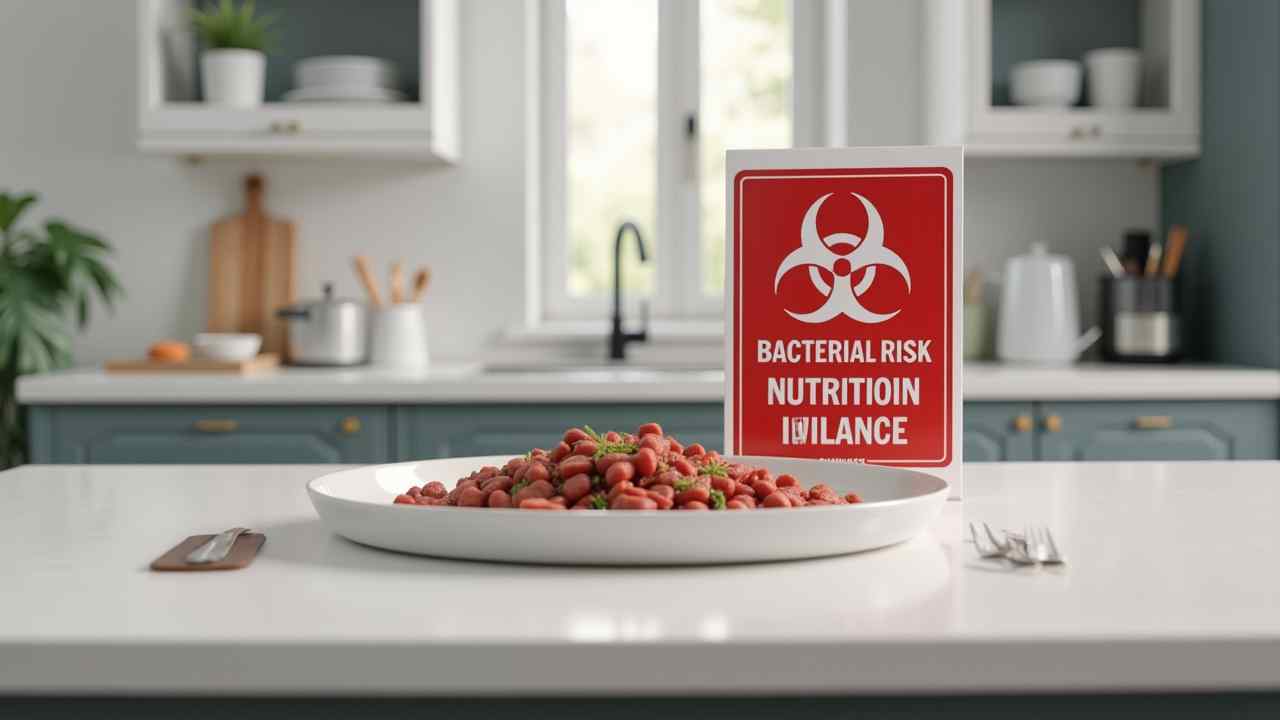
🥩 The Raw Cat Food Diet: A Guide to Benefits, Risks & Safety
🥩 The Raw Cat Food Diet: A Guide to Benefits, Risks, and Safety 🥩
❗ Important Veterinary & Public Health Warning: A raw cat food diet carries significant, well-documented risks. These include bacterial contamination for both your cat and your family, and the potential for severe nutritional imbalances. You must consult with your veterinarian or a board-certified veterinary nutritionist before considering this diet.
The raw cat food diet is a growing trend. It is based on the idea of feeding cats a more "natural" or ancestral diet. This typically consists of uncooked meat, bones, and organs. Proponents believe it offers many health benefits.
However, this topic is highly controversial. Major veterinary organizations advise against it due to the risks. This guide will provide a balanced look at the raw cat food diet. We will explore the philosophy, benefits, and serious risks. 🐾
🤔 What is the Philosophy Behind a Raw Cat Food Diet?
The core philosophy is simple. It is an attempt to mimic the diet of a cat's wild ancestors. Cats are obligate carnivores. Their bodies are designed to get all their nutrients from animal matter. In the wild, they would eat whole, raw prey.
Proponents of the raw cat food diet believe that this is the most species-appropriate way to feed. They claim that cooking degrades nutrients. They report a number of potential benefits for their pets.
These reported benefits often include a shinier coat, improved energy levels, and better dental health. They also mention smaller, less odorous stools. These positive anecdotes are what drive the diet's popularity.
⚠️ What Are the Major Risks and Concerns of a Raw Diet?
Despite the positive stories, the risks are significant. These are documented by scientific evidence. Both your pet and your family can be at risk. It is crucial to understand these dangers before you proceed.
Is Bacterial Contamination a Risk?
Yes. This is the biggest and most serious risk. Raw meat often contains dangerous bacteria. These include Salmonella, E. coli, and Listeria. While some cats can handle this, others can become very sick.
More importantly, it is a public health risk. Your cat can shed these bacteria in its feces and saliva. This can contaminate your home. It puts the humans in the house at risk, especially children, the elderly, or anyone with a compromised immune system.
What About Nutritional Imbalances?
This is a huge risk, especially with homemade raw diets. Creating a nutritionally complete diet for a cat is extremely difficult. It is not as simple as just giving them raw ground meat.
An imbalanced raw cat food diet can be catastrophic. An incorrect calcium-to-phosphorus ratio can lead to bone deformities and fractures. A lack of taurine, an essential amino acid, can cause blindness and heart failure. These are life-threatening conditions.
Are There Other Dangers?
Feeding whole or ground bones can be dangerous. They can cause broken teeth or a choking hazard. Bone fragments can also cause internal punctures or blockages. This can require emergency surgery.
✅ How Can You Reduce the Risks if You Choose to Feed Raw?
If you decide to feed a raw cat food diet after consulting your vet, you must be extremely careful. Reducing the risks requires a high level of commitment. Safety must be your top priority.
1. Consult a Professional: Do not follow a recipe from the internet. Work with a board-certified veterinary nutritionist. They can formulate a balanced recipe for you.
2. Practice Strict Hygiene: Treat raw cat food like any other raw meat. Wash your hands, bowls, and all surfaces thoroughly with hot, soapy water. Keep it separate from your own food.
3. Consider Commercial Raw: A commercially prepared raw food is a much safer option. Reputable brands formulate their diets to be complete. They also often use high-pressure pasteurization (HPP) to reduce the bacterial load.
The decision to feed a raw diet is a serious one. Major organizations like the American Veterinary Medical Association (AVMA) do not recommend it. The potential risks are significant. A high-quality canned or commercial diet remains the safest choice for most pets. 🩺